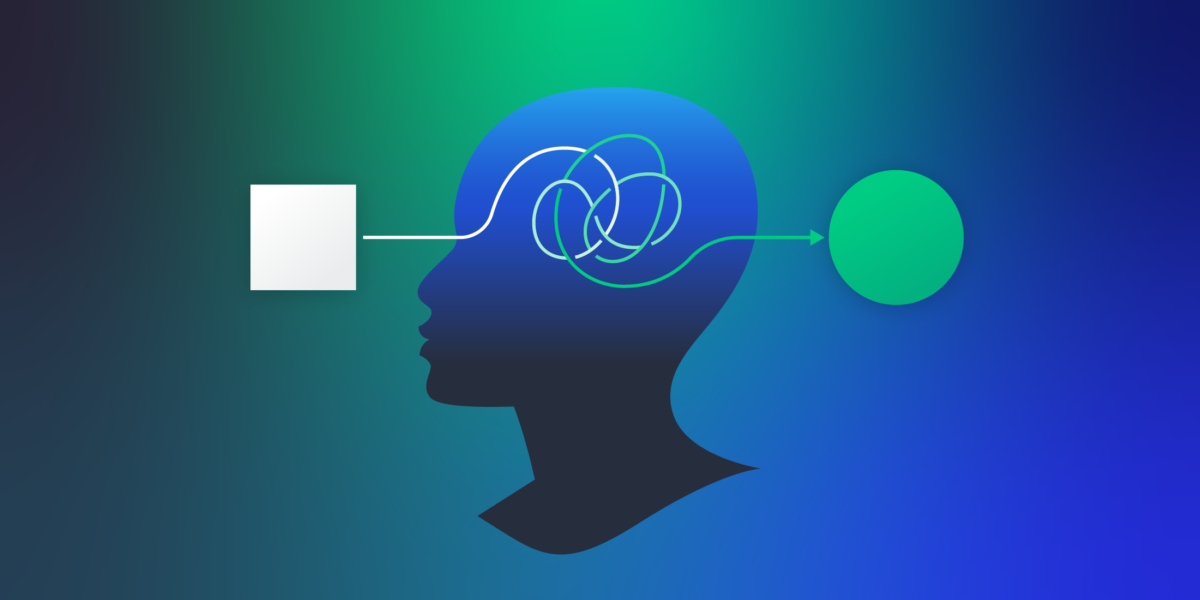User Experience (UX) design is more than just creating visually appealing interfaces; it’s about understanding the intricacies of human behavior and leveraging psychological principles to craft experiences that resonate deeply with users. In this extensive guide, we will delve into ten psychology-based strategies that will elevate your skills as a UX designer. From encapsulating key areas of your page to inspiring reciprocity, each strategy will be thoroughly explored and explained to provide you with actionable insights for enhancing your UX designs.
Understanding your consumers’ behaviour and worldview is crucial when building a product. It is imperative that we, as user experience (UX) designers, create with actual users in mind. We must put aside our presumptions and truly put ourselves in our users’ shoes.
To do this, we watch our target users and attempt to decipher their intentions—much like psychiatrists! Furthermore, it may surprise you that we use psychological concepts to make enjoyable and successful experiences. I’ll walk you through ten essential psychological concepts that all designers should understand in this book.
Role of psychology in UX design
Designers frequently run into this problem when there is a disconnect between what they create and how the consumer utilises it. Although we anticipate our customers to follow the steps we provide to address their problems, occasionally, they interact with the product in ways that aren’t what we had in mind.
Given the abundance of goods and services available today, it is essential to enhance the design’s value by learning more about human behavior, emotions, goals, and motivations.
To avoid forcing users to adhere to the design of a product or experience, designers may be able to better understand their target audience and human nature by incorporating psychological concepts into the creative design process.
Encapsulate Key Areas of Your Page
Encapsulating key areas of your page involves strategically placing vital elements to guide users’ attention and facilitate navigation. Focal points and hierarchy play crucial roles in this strategy. By identifying the most critical information or actions and positioning them prominently, you ensure that users can quickly grasp the essence of your interface. Whether it’s a call-to-action button, an important message, or a key feature, encapsulating these elements enhances usability and improves the overall user experience.
Exploit Color and Contrast
Colours have a profound impact on human emotions and behaviour. Understanding the psychology behind colours allows UX designers to exploit them effectively to evoke desired user responses. Moreover, contrast is vital in enhancing readability and highlighting important elements. By carefully selecting colour palettes and utilising contrast, you can create visually engaging interfaces that resonate with users subconsciously.
People not very knowledgeable about a certain area of technology prefer to evaluate a product or outcome based on how it looks. The Aesthetic-Usability Effect is the term for this phenomenon. Anything from a great animation that drew your attention to an image you liked to a design that features your favourite colours might lead you to draw such conclusions emotionally.
Use White Space
White space, or negative space, is often overlooked but plays a crucial role in UX design. It provides breathing room for content, enhances readability, and reduces cognitive overload. When used effectively, white space creates a sense of elegance and sophistication, elevating the overall aesthetic appeal of your interface. By embracing white space, UX designers can improve user comprehension and create a more enjoyable browsing experience.
Ensure Consistency
Consistency is key to creating a cohesive and intuitive user experience. From typography and spacing to interaction patterns and visual elements, maintaining consistency across your interface instils a sense of familiarity and trust in users. Consistent design elements help users navigate your interface effortlessly, reducing confusion and enhancing usability. Adhering to established design standards and guidelines can create a seamless experience that delights users.
Connect with Pictures
Visuals have a profound impact on human cognition and emotion. Incorporating relevant and high-quality images can evoke powerful emotions, convey messages effectively, and establish a deeper connection with users. Whether product photos, illustrations, or infographics, visuals shape the overall user experience. You can create a more engaging and memorable interface by selecting and integrating images that resonate with your target audience.
The Primacy Effect
The Primacy Effect refers to the phenomenon where people remember the first items encountered in a series more effectively. In the context of UX design, this principle underscores the importance of organizing content and placing important information at the beginning of a user’s journey. By prioritizing key messages and actions early on, you increase the likelihood of them being retained by users. Whether it’s onboarding tutorials, product features, or value propositions, leveraging the Primacy Effect helps you make a lasting impression on users.
The Recency Effect
Conversely, the Recency Effect suggests that people also remember the most recent items encountered. In UX design, this principle highlights the importance of reinforcing key messages or actions towards the end of a user’s journey. Ensuring that crucial information is presented prominently before users exit your interface leaves a lasting impression and increases the likelihood of them taking desired actions. Whether it’s a confirmation message, a call-to-action button, or a personalized recommendation, leveraging the Recency Effect helps you make the most out of the final moments of user interaction.
Leverage Social Proof
Humans are inherently social beings, and we often look to others for guidance in decision-making. Social proof, such as testimonials, user reviews, or social media endorsements, leverages this tendency to influence user perception and behavior. By showcasing positive feedback and endorsements from satisfied users, you build credibility and trust, making it easier for new users to engage with your product or service. Whether it’s through ratings, reviews, or user-generated content, leveraging social proof helps you build a loyal and engaged user base.
Show Urgency and Scarcity
The fear of missing out is a powerful motivator driving user behaviour. By creating a sense of urgency or scarcity through techniques such as countdown timers, limited-time offers, or stock availability indicators, you compel users to act swiftly and decisively. Whether it’s encouraging users to complete a purchase or sign up for a newsletter, showing urgency and scarcity taps into their innate desire to avoid regret and seize opportunities, by leveraging this psychological principle, you can increase conversion rates and drive user engagement effectively.
Inspire Reciprocity
Reciprocity is the notion that people feel compelled to return favours or gestures. In UX design, inspiring reciprocity involves providing value to users upfront and eliciting a positive response in return. Whether it’s offering free resources, personalized recommendations, or exclusive discounts, providing something of value encourages users to reciprocate by engaging further with your product or service. By fostering a sense of goodwill and mutual benefit, you can build stronger relationships with users and create a more loyal and engaged user base.
Conclusion
Mastering UX design requires more than technical skills; it requires a deep understanding of human psychology and behaviour. By incorporating psychology-based strategies into your design process, you can create interfaces that look visually stunning and resonate with users on a deeper level. From encapsulating key areas of your page to inspiring reciprocity, each strategy discussed in this guide offers valuable insights for enhancing your UX designs. By embracing these principles and leveraging them effectively, you can create meaningful and memorable experiences that delight users and drive success for your product or service.
![]() Give feedback about this article
Give feedback about this article
Were sorry to hear about that, give us a chance to improve.







